
As we get older, we need a good Coenzyme Q10 supplement. Once we pass our 20’s, our bodies produce less and less Coenzyme Q10, and we do not get enough in our diets to make up the difference.
Coenzyme Q10, the essential bio-nutrient, is categorized as a redox molecule. The Coenzyme Q10 molecules exist in three different forms as they take part in redox reactions in the body. It is the ability of the Coenzyme Q10 molecules to give up or take on one or two electrons that makes Coenzyme Q10 so valuable both in the process of cellular energy production and in cellular antioxidant activities.
What is a redox reaction?
Redox is short for reduction-oxidation. Redox reactions are quite common in nature. Such everyday processes as combustion (burning), corrosion (rusting), photosynthesis (converting sunlight into energy), and respiration (exchanging gases between the blood and the tissue fluids) involve redox reactions.
The transfer of electrons and the forms of Coenzyme Q10
Basically, a redox reaction is a chemical reaction in which a transfer of electrons takes place between different molecules. In the process of oxidation, the Coenzyme Q10 molecule gives up one or two electrons, depending on the situation; the Coenzyme Q10 molecule is being oxidized. We call the oxidized form of Coenzyme Q10 ubiquinone. Being in the oxidized form means that the Coenzyme Q10 molecule has the capacity to take on two electrons (electron acceptor).
In the process of reduction, the Coenzyme Q10 molecule takes on one or two electrons, depending on the situation; the Coenzyme Q10 molecule is being reduced. We call the reduced form of Coenzyme Q10 ubiquinol. Being in the reduced form means that the Coenzyme Q10 molecule has two electrons to give up when it is oxidized (electron donor).
There is also an intermediate form of Coenzyme Q10 that we call semiquinone; it is a partially reduced form of Coenzyme Q10, having taken on only one electron instead of two.
The Q-Cycle: Coenzyme Q10 redox reactions back and forth
Oxidation and reduction reactions take place at the same time. Molecules are oxidized, and, in turn, other molecules are reduced. The Coenzyme Q10 molecules can be reduced and oxidized numerous times in reactions with different molecules, changing form each time.
Dr. Peter Mitchell, in his 1978 Nobel Prize for Chemistry address to the Swedish Academy, called this conversion back and forth the “Q Cycle.”
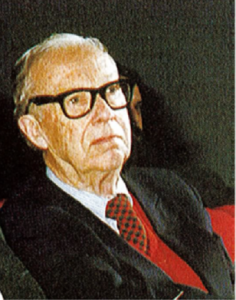
Dr. Karl Folkers demonstrated that the failing heart muscle is a muscle that is deficient in Coenzyme Q10 status and is, thus, deprived of energy. Dr. Folkers also demonstrated that the use of statin medications inhibits the body’s synthesis of Coenzyme Q10.
The Q-Cycle: not an eternal process
Because the Coenzyme Q10 molecules could be seen to convert back and forth multiple times, some early researchers were tempted to believe that the body could never run short of this valuable bio-nutrient Coenzyme Q10. However, first Dr. Karl Folkers and Dr. Gian Paolo Littarru [3] and, then, Dr. Svend Aage Mortensen and Dr. Karl Folkers [4] were able to demonstrate a deficiency of Coenzyme Q10 in cases of heart disease.
The need for oral supplementation with Coenzyme Q10
Consequently, in light of the research done by Drs. Folkers and Littarru and Mortensen showing Coenzyme Q10 deficiency in patients diagnosed with heart failure, it became apparent that there is a need for oral supplementation with Coenzyme Q10.
The need became even more urgent when the Swedish researchers Kalén and Appelkvist and Dallner demonstrated that the human body’s synthesis of Coenzyme Q10 decreases with increasing age, starting in an individual’s 20’s [2].
Subsequently, Dr. Folkers and Dr. Per Langsjoen [1] demonstrated that the use of statin medications lowers blood Coenzyme Q10 levels and that oral supplementation with Coenzyme Q10 increases blood Coenzyme Q10 levels in patients taking statin medications [1]. These study results made the case for oral supplementation all the more acute.
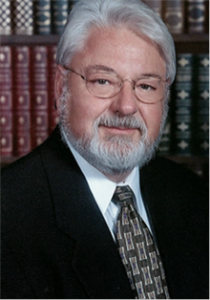
Dr. William Judy says that Coenzyme Q10 molecules are necessary for energy production in the heart muscle cells and for protection against the harmful effects of free radicals.
Three driving forces in the Q Cycle
The long-time Coenzyme Q10 researcher Dr. William Judy has explained that there seem to be three driving forces behind the redox mechanism of the Q Cycle:
1. Dr. Judy says that the process starts with the synthesis of the ubiquinone form of Coenzyme Q10 in the mitochondria of almost all human cells and with the absorption of dietary or supplemental Coenzyme Q10 in the form of ubiquinone. The ubiquinone then diffuses to various fluid compartments in the body and is exposed to oxide-reductase enzymes.
2. Dr. Judy says that the oxide-reductase enzymes in the body catalyze the transferring of electrons to the Coenzyme Q10 molecule, thereby forming the reduced form of the Coenzyme Q10 molecule, the ubiquinol form. With the help of the oxide-reductase enzymes, the Coenzyme Q10 molecule has taken on electrons. It has become reduced. It has achieved a state in which it is able to donate electrons (in the process called oxidation).
3. Dr. Judy says that the third force driving the redox mechanism of the Q Cycle is the existence of superoxide radicals and other free radicals that ubiquinol can help to neutralize by donating its electrons. It is in the quenching of the harmful and reactive free radicals that Coenzyme Q10, in the form of ubiquinol, performs its valuable antioxidant function. Functioning as an antioxidant drives the ubiquinol form of Coenzyme Q10 back to the ubiquinone form, which is the form of Coenzyme Q10 that is an absolutely necessary component in the process of cellular energy production.
This is the key to the energy synthesis process in the cells. Oxidized Coenzyme Q10 produced in the outer membrane diffuses in to the inner membrane of the mitochondria. Here an enzyme is formed between NAHD and Coenzyme Q10 that uses the oxidized Coenzyme Q10 to accept two electrons and thus be converted to the reduced form of Coenzyme Q10, the ubiquinol form.
Ubiquinol gives two electron to neutralize the metabolites of energy synthesis (superoxides and free radicals) that are toxic to the metabolic machinery in the process of producing energy (ATP). It is a beautiful and vital redox cycle. Ubiquinone synthesis, ubiquinone supplementation, and ubiquinone recycled by ubiquinol are the three ways the body achieves an adequate supply of ubiquinone for the synthesis of energy.
Summing up about the essential bio-nutrient Coenzyme Q10
What are the important points about Coenzyme Q10?
- Coenzyme Q10 is absolutely vital for the cellular energy production process and for the process of neutralizing harmful free radicals.
- Coenzyme Q10 is a fat-soluble redox molecule that is uniquely designed for its energy production and antioxidant functions.
- The Coenzyme Q10 molecules that our bodies synthesize and that we ingest will not last us forever. We will need to augment our diets with oral supplements as we age.
- Everyone diagnosed with heart failure needs to be taking Coenzyme Q10 supplements.
- Everyone who is taking a statin medication needs to be taking a Coenzyme Q10 supplement.
- Coenzyme Q10 is safe, is affordable, and, in the proper formulation, is effective.
Sources:
1. Folkers, K., Langsjoen, P., Willis, R., Richardson, P., Xia, L. J., Ye, C. Q., & Tamagawa, H. (1990). Lovastatin decreases coenzyme Q levels in humans. Proceedings of The National Academy Of Sciences, 87(22), 8931-8934.
2. Kalén, A., Appelkvist, E. L., & Dallner, G. (1989). Age-related changes in the lipid compositions of rat and human tissues. Lipids, 24(7), 579-584.
3. Littarru, G. P., Ho, L., & Folkers, K. (1972). Deficiency of coenzyme Q 10 in human heart disease. International Journal for Vitamin and Nutrition Research, 42(3), 413-434.
4. Mortensen, S. A., Vadhanavikit, S., & Folkers K. (1984). Deficiency of coenzyme Q10 in myocardial failure. Drugs under Experimental and Clinical Research, 10(7), 497-502.




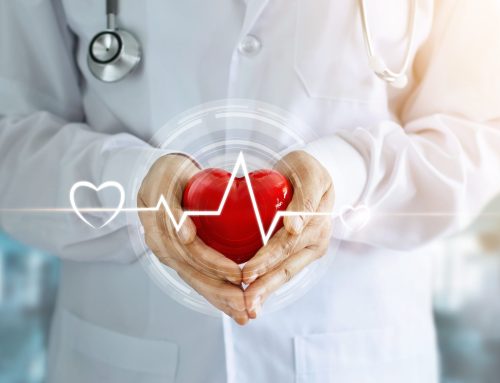
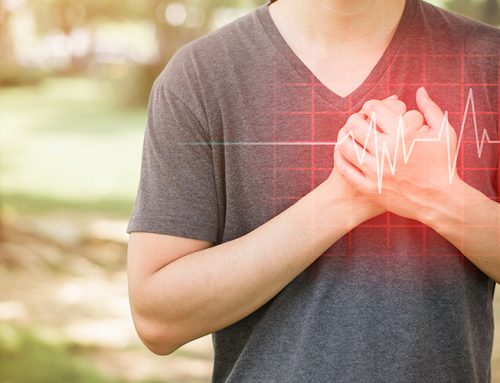
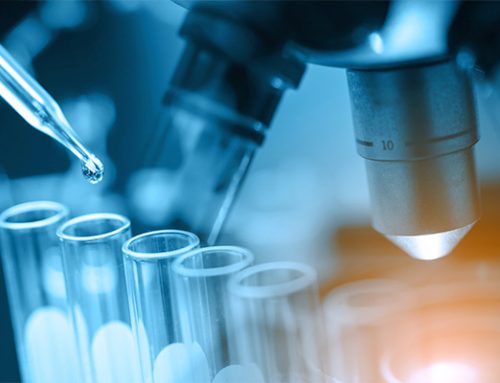

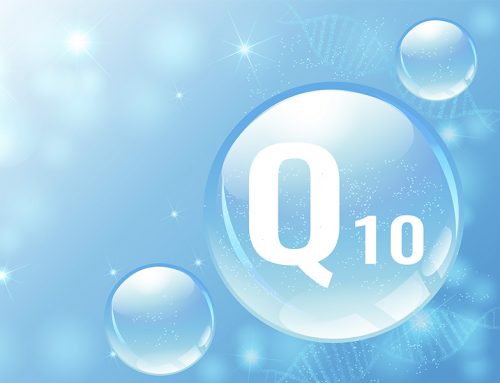
Leave A Comment